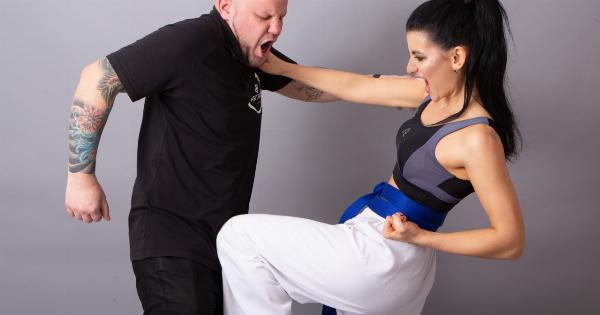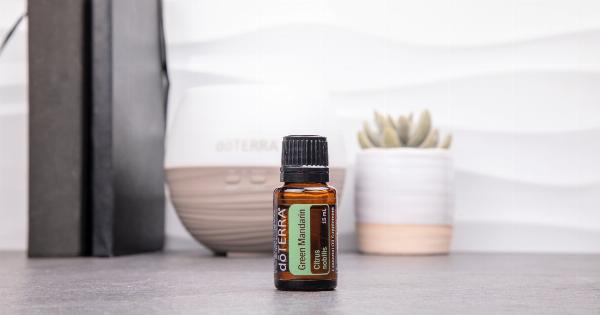Have you ever found your palms sweating before a big presentation or job interview? Maybe you experience sweaty palms even when you’re not particularly nervous or anxious.
Sweating is a natural bodily function; it’s the body’s way of regulating its temperature and keeping us cool. However, excessive sweating in the palms (known as palmar hyperhidrosis) can be uncomfortable and embarrassing, affecting not only physical comfort but also social interactions.
In this article, we’ll explore the science behind palm sweating, possible causes, and treatments.
What is Palm Sweating?
Palm sweating is a condition in which the palms of your hands become excessively sweaty. It can be caused by either a medical condition or seemingly no known reason at all.
Palms are among the most sensitive parts of the body, which means that sweat glands that cause skin cooling are located there as well. Any condition that activates the sweat glands in your hands can lead to palm sweating. Although it may seem like a minor issue, severe palm sweating can affect your quality of life, making it difficult to hold a pen or do other manual activities.
Why do Palms Sweat?
Palms contain a high number of eccrine sweat glands that activate during physical activity or emotional stress.
The sweat glands produce a watery sweat that is made up of water, salt, and electrolytes, helping to regulate the body’s temperature and keeping it cool. The sympathetic nervous system controls sweating, and it is activated when the body’s temperature rises or when there is an emotional response to a situation.
As a result, increased blood flow to the sweat glands increases sweating, and produces moisture on the palms of your hands.
What Causes Palmar Hyperhidrosis?
Palmar hyperhidrosis refers to excessive sweating of the palms. In some cases, the causes of this condition are unknown. However, in other cases, certain factors can trigger this condition. Here are some of the possible causes of palmar hyperhidrosis:.
Overactive Sweat Glands
Sometimes, sweat glands in the palms become overactive, causing excessive sweating. This may be due to genetic factors or an underlying medical condition such as hyperthyroidism or Parkinson’s disease.
Stress and Anxiety
Stress, anxiety, and emotional triggers can lead to sweating not just in the palms but the whole body as well. This is because the sympathetic nervous system is activated in challenging or emotional situations, leading to sweating.
Weather Condition
Hot and humid weather conditions can cause sweating. When the body’s temperature rises, sweat glands become activated. The moisture produced helps to keep the body cool and regulate temperature.
Medications
Sweating is a common side effect of some medications, such as antidepressants, antihistamines, and blood pressure medications. These drugs can affect the sweat glands, causing them to be overactive, and lead to sweating.
Caffeine and Alcohol
Caffeine and alcohol can stimulate the nervous system, leading to sweating. When consumed in large amounts, they can cause overactivity of the sweat glands in the palms and stimulate sweating.
Medical Conditions
Medical conditions such as diabetes, heart disease, and kidney disease can cause increased sweating. These conditions affect the body’s organs, leading to overactivity of the sweat glands in the palms and other parts of the body.
How is Palmar Hyperhidrosis Treated?
There are several treatments available for palmar hyperhidrosis. The treatment option that works best depends on the underlying cause and severity of your condition.
Medications
Prescription-strength antiperspirants containing aluminum chloride are the first-line treatment for palmar hyperhidrosis. These antiperspirants work by closing off the sweat ducts, which lowers the levels of sweat that can be produced.
They can be used every few days, and results may improve after a few weeks of use.
Iontophoresis
Iontophoresis is a medical procedure used to treat excessive sweating. It involves soaking the hands in a container of water while a mild electrical current is passed through the skin. The current blocks sweat production.
This treatment is performed at a specialty clinic or done at home using a treatment device.
Botox Injections
Botox injections block the chemical signals from the nerve endings that stimulate the sweat glands, thus preventing the production of sweat. Botox injections are available as a treatment for palmar hyperhidrosis.
Botox injection provides relief of symptoms for three to six months. However, they are quite expensive, and insurance companies may not cover the cost.
Surgery
Surgical options such as sympathectomy can permanently stop sweating in the palms. During a sympathectomy procedure, the doctor will cut the nerve that controls sweating in your palms. This will permanently disable your sweat glands in that area.
Surgery is usually reserved as a last resort when other treatments have failed.
Conclusion
Palm sweating can be uncomfortable and embarrassing, affecting social interactions and quality of life. Although it is a natural bodily function, excessive sweating in the palms can have a significant impact on daily activities.
Understanding the causes and treatment options available for palmar hyperhidrosis can help individuals suffering from this condition to find relief.






























